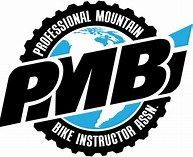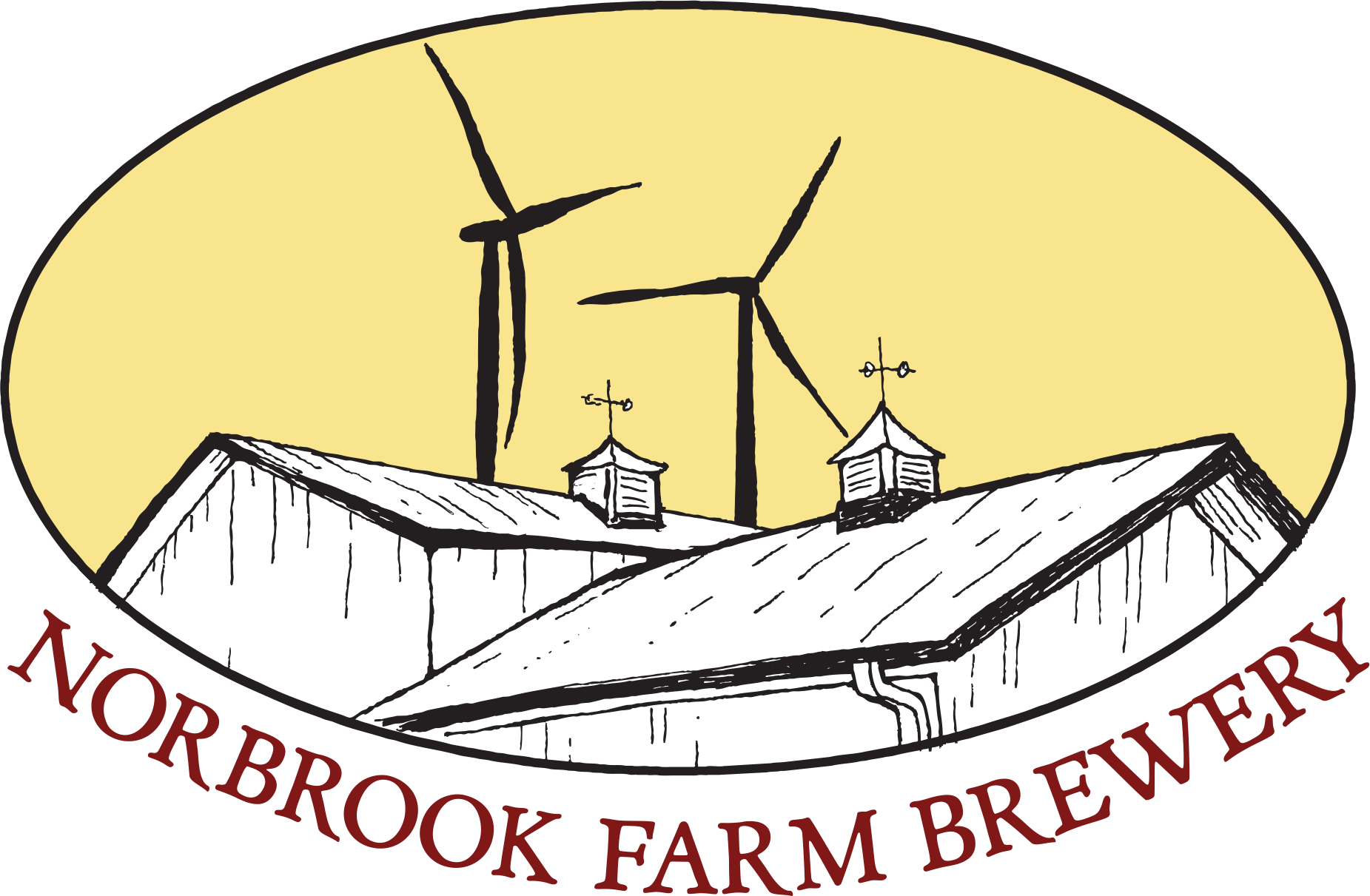Downhill Mountain Biking
Downhill Mountain Biking

What comes to mind when you think of downhill mountain biking? The young man carelessly blasting your neighborhood's downhill trail? riding a mountain bike downhill? A feature of mountain biking geared toward the lazy? In all honesty, it is all of that and much more. After a challenging climb, most bikers look forward to the downhill. Now picture bypassing the ascent and heading right for the down. Given that our motto is "Pedal, damn it," we're not sure how to approach the situation. Nevertheless, we'll discuss downhill biking and all the equipment you'll need to get started.
Nearly everywhere can be used for downhill biking. Whether it's visiting a bike park or a trail that you can shuttle with your friends. There are other bike parks spread out around Colorado, including Trestle Bike Park in Winter Park. where you ride your bike up a mountain on a chairlift and solely on downhill trails. Shuttles are available in locations without lift access, such as the Windrock bike park in Tennessee. However, if there is a route that will carry you to the summit, shuttles can be operated anywhere. Just be careful when shuttle-ing because some riders can become angry if you bypass the climb and go straight to the enjoyable portion. Just be respectful and a good custodian of the common trail systems.
Although downhill riding can be fairly enjoyable, there are numerous risks that are not present when trail riding normally. In downhill biking, there are novel trail characteristics like jumps, berms, high-speed sections, timber features, etc. that aren't typically found on neighborhood trails. Which makes it riskier, but as motorcyclists, we are aware of the dangers associated with an adrenaline-fueled sport. As motorcyclists, we are aware that the question is not whether you will crash, but rather when. Therefore, regardless of whether they are riding downhill or not, all riders need adhere to a few regulations.
- Before blind sending, warm up and familiarize yourself with the trails.
- Ride comfortably and within your capabilities.
- When fatigued, don't push yourself.
- Use the phrase "2 more skip the last" instead of the cursed "one more run" to avoid bad luck.
While there are risks associated with downhill, there are also techniques to reduce those risks, assure your safety, and have fun. Utilizing the proper tools for the job is the simplest method to accomplish this. If you do, man, that's impressive because you wouldn't use a hammer on a screw. For downhill equipment, the same reasoning holds true. Although it is possible to ride a cross-country bike without any padding and use a half-shell helmet, there are better and safer alternatives.
We advise riders to wear a full-face helmet, goggles, knee pads designed for downhill biking, pants or thick shorts, and gloves at the very least. That is the absolute minimum we advise wearing when riding downhill, but there are many other pieces of safety equipment you may add to your pack, such as a neck brace or chest/back protector. Simply decide what is best for you.
The majority of full suspension bikes will work just fine, although more comfort when pushing is more enjoyable. You may believe that because they can withstand damage and have "downhill" in their name, downhill bikes are the best option, but this is untrue. Bikes in the enduro category are dominating and are more than up to the task of downhill riding. Additionally, it reduces the need for various cycles and is known as the all-purpose bike. The WFO 9 RDO or the RIP 9 RDO, depending on the rider, is an illustration from our personal collection of beautiful whips. Downhill MTB involves a lot of gear, so we believe it's best to be cautious than sorry.
In general, downhill mountain biking can be enjoyable for everyone and is something that anyone can do. Riding downhill requires careful planning in terms of location, safety, and equipment. After having said all of that, go downhill riding!














